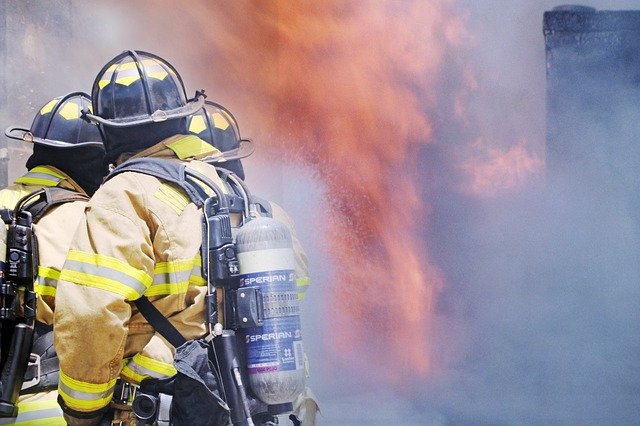by Stephen Hume, Vancouver Sun, May 15, 2020
Flame retardants routinely added to common household products are killing firefighters, putting children and pregnant women at risk and contaminating the environment while not significantly improving safety, says a new report.Raising the Alarm: The Case for Better Flame Retardant Regulation in Canada was prepared by the University of Victoria’s Environmental Law Centre for Local 730 of the International Association of Fire Fighters, which represents firefighters at the Victoria Fire Department. It surveyed scientific literature, public health experts and legal opinions used in framing regulatory policy in the United States.
It urges immediate reform of Canada’s regulation of flame retardants and the household goods in which they are used.The report was to be sent to federal Environment Minister Jonathan Wilkinson and Health Minister Patty Hajdu with a request from firefighters that all recommended reforms be implemented.Firefighters’ bloodstreams show higher levels of the chemicals and they suffer disproportionately high levels of testicular cancer, melanoma, brain cancer and esophageal cancer, the report says.
Reproductive impairment, decreased intelligence test scores in children, impaired memory, learning deficits, altered motor behaviour, hyperactivity, endocrine disruption and immune disorders are among other known health effects, American research shows.“The scariest building a firefighter goes into isn’t on fire, it’s the building where their oncologist works,” says the Environmental Law Centre report, quoting firefighter Tom O’Connor. O’Connor, head of a California firefighters local, pointed out in 2017 that in San Francisco, female firefighters under the age of 50 had six times the U.S. average for breast cancer.
Cancer is the leading cause of occupational injury and death among Canadian firefighters. The report cites a 2018 study of a decade of B.C. workers’ compensation claims that found cancer caused more than 86 per cent of firefighters’ fatalities.
There are about 25,000 full-time firefighters in Canada and about 125,000 volunteers.Young children also show elevated blood levels of flame retardants, the Environmental Law Centre report says. Pregnant women and unborn babies are also at higher risk. The report cites experts in pediatric and environmental health at the University of California and Columbia University.
[btn text=”Read More” tcolor=#FFF bcolor=#999 thovercolor=#FFF bhovercolor=#008000 link=”https://vancouversun.com/news/local-news/common-fire-retardants-killing-firefighters-uvic-report-says/?link_id=18&can_id=25a38d6eec4493c04a2097f43b5e1574&source=email-top-news-chemicals-and-covid-you-can-stop-this-trump-nominee-essential-worker-bill-of-rights&email_referrer=email_820416&email_subject=top-news-listen-to-experts-toxic” target=”_blank”]

